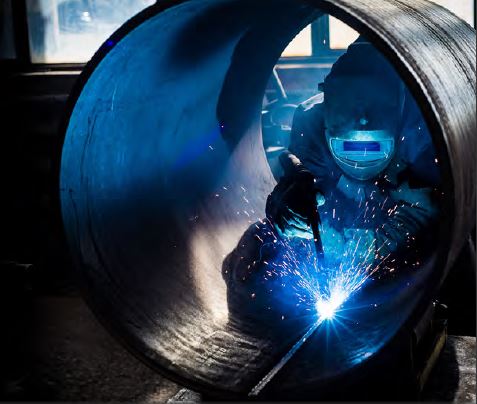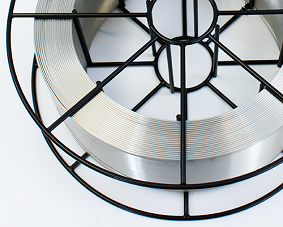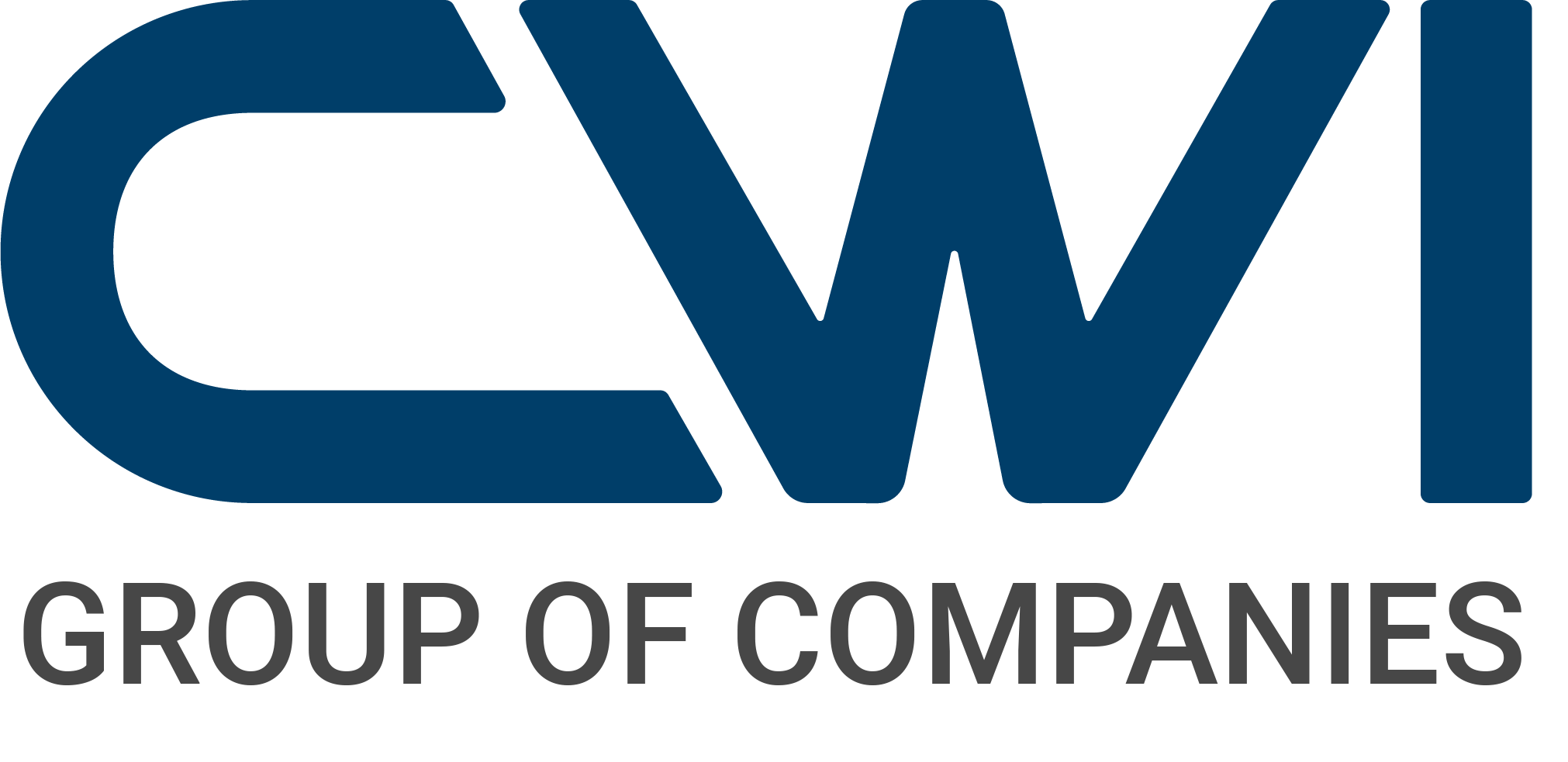CWI Generation4™ Welding Wires are designed for use in many different welding processes. The three most common types of welding used with our stainless steel and nickel welding alloys are Tungsten Inert Gas (TIG), Metal Inert Gas (MIG) and Submerged-Arc Welding (SAW). To ensure that you select the proper welding consumable alloy to work with your welding process, a brief description of each process is listed below. If you need further information on the specific welding parameters (Diameter, Voltage, Amperage, and Gas) recommended for each CWI Generation4 ™ Alloy, visit our recommended welding procedures page.




TUNGSTEN INERT GAS (TIG) WELDING
También conocido como Soldadura por arco de tungsteno con gas (GTAW), TIG welding uses a tungsten electrode, a filler metal and an inert shielding gas (such as argon or helium) during the welding process. This method requires a highly skilled welder, as the manual technique requires two hands to utilize the equipment and apply the filler metal to create the weld joint. TIG welding is typically used with stainless steels and non-ferrous metals, on thinner section of metal, and provides the welder greater control over the properties of the weld versus other similar processes. It has the disadvantage of being relatively slow due to it’s complexity and multi part process.
METAL INERT GAS (MIG) WELDING
También conocido como Soldadura por arco metálico con gas (GMAW), the MIG welding process employs a welding gun, a power supply, an electrode (alloy wire) and a shielding gas. The welding procedure is uncomplicated, with the welding gun bringing all the required components (power, filler metal, shielding gas) together at the weld point. Compared to other methods, training for MIG welding requires less time to develop a usable skill level in the field. It is the preferred welding method in most industrial applications, and can be easily adapted to automation if required. Issues with dross and porosity of welds can affect the quality of the finished welds, so additional scrutiny of materials and cleanliness is required.
SUBMERGED ARC (SAW) WELDING
Llamado a menudo Soldadura por Sub-Arco, el proceso de soldadura SAW es principalmente un método automatizado de soldadura que aísla la zona del arco debajo (sub) de la superficie de un fundente fundido, eliminando la contaminación atmosférica. El proceso utiliza una alimentación continua de alambre de soldadura consumible en una combinación de aleación/alambre simple o múltiple. SAW tiene la ventaja de una alta tasa de deposición y una profunda penetración de la soldadura, lo que genera una alta tasa de soldadura de pies por minuto. También permite soldaduras de un solo paso con material más grueso. SAW está limitado por el plano de la operación de soldadura (se prefieren las soldaduras rectas) y puede resultar en la necesidad de un paso adicional de eliminación de escoria.
Diámetros de alambre por tipo de soldadura
| MIG (GMAW) Diámetros | TIG (GTAW) Diámetros | SUB ARCO (SIERRA) Diámetros | |||
|---|---|---|---|---|---|
| Imperial en. | Métrico mm | Imperial en. | Métrico mm | Imperial en. | Métrico mm |
| 0.023 | 0.6 | 1/16 | 1.6 | 5/64 | 2 |
| 0.030 | 0.8 | 3/32 | 2.4 | 3/32 | 2.4 |
| 0.035 | 0.9 | 1/8 | 3.2 | 1/8 | 3.2 |
| 0.045 | 1.14 | 5/32 | 4.0 | 5/32 | 4.0 |
| 0.047 | 1.2 | 3/16 | 4.8 | ||
| 1/16 | 1.6 | ||||

